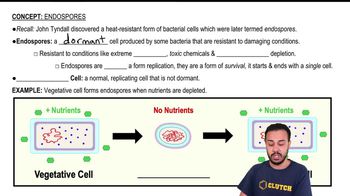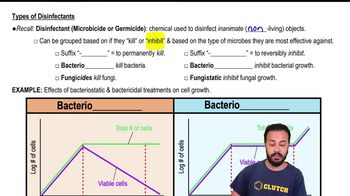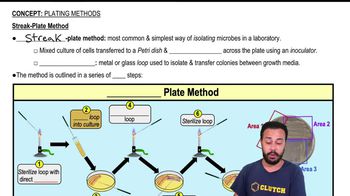Textbook Question
What are some advantages and disadvantages of using ionizing radiation to sterilize food?
92
views
 Verified step by step guidance
Verified step by step guidance



What are some advantages and disadvantages of using ionizing radiation to sterilize food?
Which of the following substances is least toxic to humans?
a. carbolic acid
b. glutaraldehyde
c. hydrogen peroxide
d. formalin
How can campers effectively treat stream water to remove pathogenic protozoa, bacteria, and viruses?
Which of the following disinfectants acts against cell membranes?
a. phenol
b. peracetic acid
c. silver nitrate
d. glutaraldehyde
Which of the following disinfectants contains alcohol?
a. iodophor
b. quat
c. formalin
d. tincture of bromine
Which antimicrobial chemical has been used to sterilize spacecraft?
a. phenol
b. alcohol
c. heavy metal
d. ethylene oxide